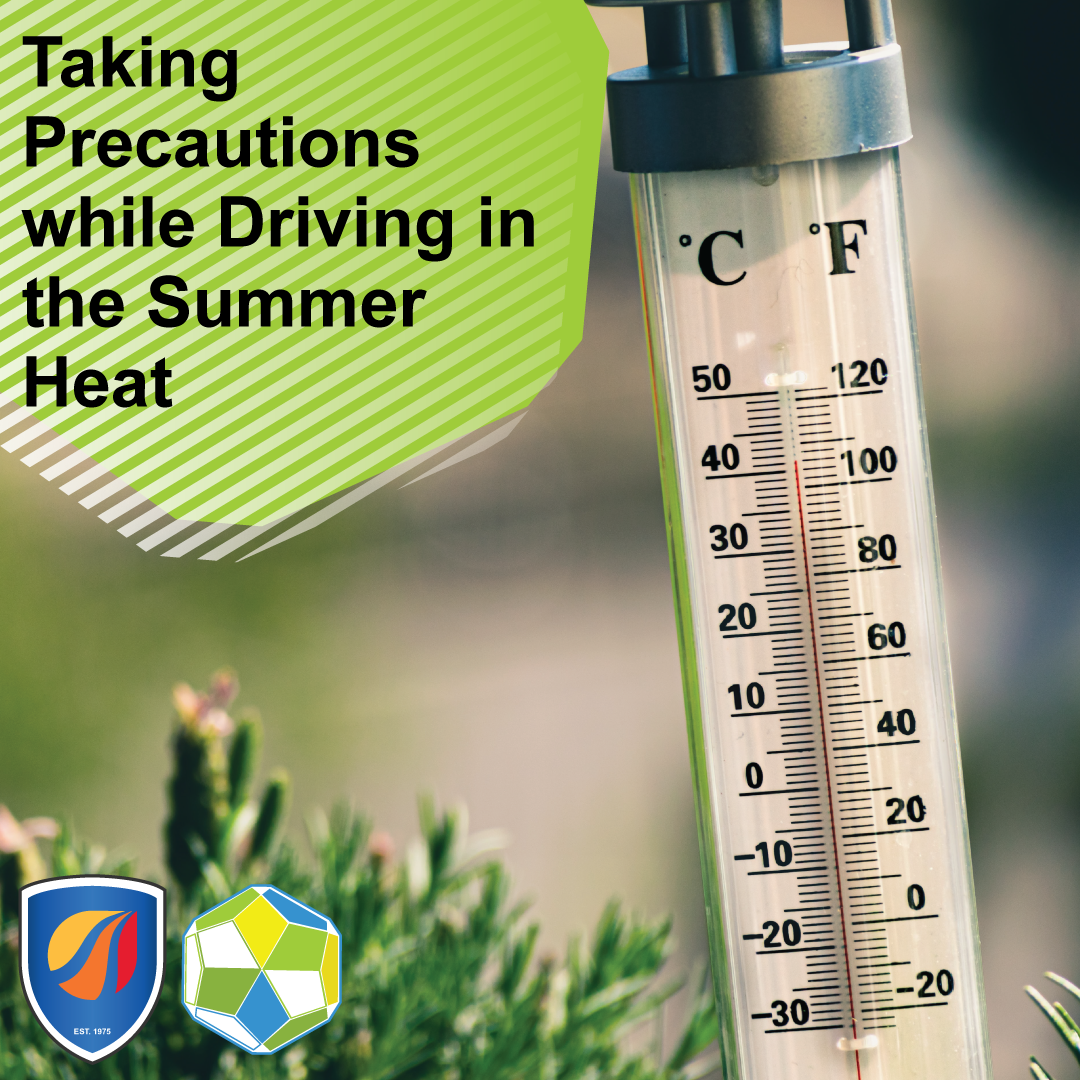The scorching summer heat can be a major influence of your fleet and your fleet drivers. Not only are long-haul drivers greatly affected by the weather change, local/regional and delivery drivers alike are also affected since they often spend more time loading and unloading freight. With this in mind, now is the time to take more precautions on making sure your trucks are ready to roll out, so here are several things that you should give more due diligence to before drivers hit the road.
Precautionary Tips while Driving
1. Remind your drivers to stay hydrated. Meeting the delivery deadline while navigating through traffic when there are usually more vehicles on the road can make something as simple as drinking water an easy but still important habit to skip over. Dehydration can lead to dizziness and lack of focus, and that with the summer heat can be really debilitating to the driver.
2. Encourage your drivers to use sunscreen while they are driving. The term “trucker’s tan” is nothing to joke about. A trucker’s left side of the body is frequently exposed to the sun, making it more sun-damaged
Over time, the left side of the face gains substantially more wrinkles and the left forearm becomes darker. Taking precautions such as using the sun visor whenever possible, wearing long-sleeves, and using sunscreen are important for the drivers to take heed and use.
Don’t Forget about Taking Precautions for the Equipment Either!
3. Since hot air expands, be cautious of with your fleet’s tires in the heat. For every 10 degrees (Fahrenheit) increase, the tire pressure can increase by one pound (1 lb) per square inch. This can cause the tires to bulge and stretch irregularly. These irregularities can lead to faster wear and tear, over-inflation, or even a blowout. Even with the increase in tire pressure, don’t let air out of tires when they’re hot; manually check your tire pressure in the morning when they have not been used.
4. Brake fluid transfers the force created from braking by absorbing moisture from the high heat of breaking and prevents it from boiling. Brake fluid overheats in hotter temperatures, which is dangerous since brake fluid is contained in a sealed system. This can cause a loss of brake power. Because of this, it is important to regularly check on your fleet’s brake fluids. Brake fluid levels correspond to the vehicle’s brake pads, so low fluid levels translate to worn brake pads.
5. Regularly inspecting your fleet’s belts and hoses is also important; a broken belt or worn-out hose can escalate to an overheated radiator, rendering vehicles inoperable and in need of repairs. Loose belts can also lead to improper turning of the water pump or fan as well. Checking for other signs of wear can save the headache of losing a truck from your fleet to maintenance.

